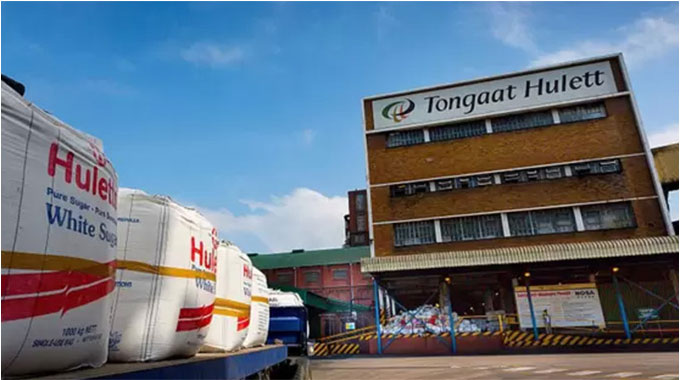CZI urges structural transformation
THE Confederation of Zimbabwe Industries (CZI) has urged private sector players to scale up
product diversification and steer structural transformation towards achieving Government’s upper
middle-income economy vision by 2030.
Economic experts define structural transformation as a transition of an economy from low
productivity and labour-intensive economic models to higher productivity and skill intensive
operations.
This is critical for Zimbabwe if it is to make a strong impact on exports, CZI president Mr Kurai
Matsheza said during a ZimTrade 2022 Annual Exporters’ conference held last week.
CONFEDERATION of Zimbabwe Industries (CZI)
“Nothing short of transformation level ambition, intentions and actions will achieve the
diversification we are seeking,” he said.
“Achieving the economic structural transformation intended in NDS1, which is a determinant of
the achievement of Vision 2030 requires industrial policy transformation.”
Mr Matsheza said industrial policy transition to 2030 should be informed by phases, which are
balanced orientation towards competitiveness (overdue) 2018-2019, industrial upgrading (2019-
2030) and industrial excellence and dominance (2030 and beyond).
For decades, economic diversification has been a policy for low and middle-income economies.
Unfortunately, analysts say this goal continues to elude many African countries.
Economic diversification often involves transitioning away from dependence on one or a few
commodities such as oil, minerals and agriculture production towards a broader range of sources
of production, trade and revenues.
Mr Matsheza said such economic diversification is closely associated with the process of structural
transformation from lower to higher productivity sectors and has three evident dimensions.
“Expansion of economic sectors contribute to employment and production or gross domestic
product (GDP), international trade or exports diversification and fiscal diversification,” he said.
Mr Matsheza said among constraints to export and economic diversification is reliance on primary
production where the shrinking secondary industry (manufacturing) points to interruption of value
chains and limited transformation of primary products, especially agriculture and mining products
into high value diversified products.
“The turbulent macro-economic environment dominated by high inflation, exchange rate volatility
and high cost of doing business disrupted the previously strong primary-secondary and tertiary
sector value chains,” he said.
Mr Matsheza also said diversity was being hindered by lack of skills availability to drive
diversification, entrepreneurship development and constraints of key enablers, which should be
urgently addressed.-The Chronicle










